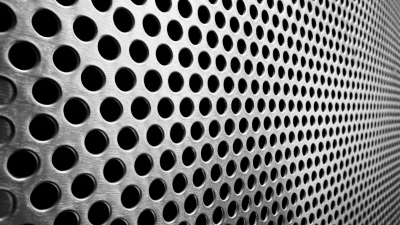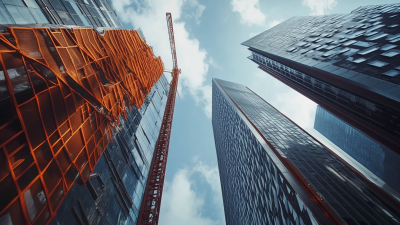In recent years, the demand for Decorative Expanded Metal has surged, driven by its versatility and aesthetic appeal in various design projects. According to a market analysis by Grand View Research, the global market for expanded metal is expected to witness a significant growth rate of over 5% from 2021 to 2028. This corresponds with the rising trend towards modern architectural designs that prioritize both functionality and appearance. Decorative Expanded Metal not only enhances the visual appeal of spaces but also offers practical benefits such as enhanced ventilation and lightweight structures. As architects and designers increasingly incorporate this material into their projects, understanding the various types and applications of Decorative Expanded Metal becomes crucial for making informed decisions that align with project goals and client needs.
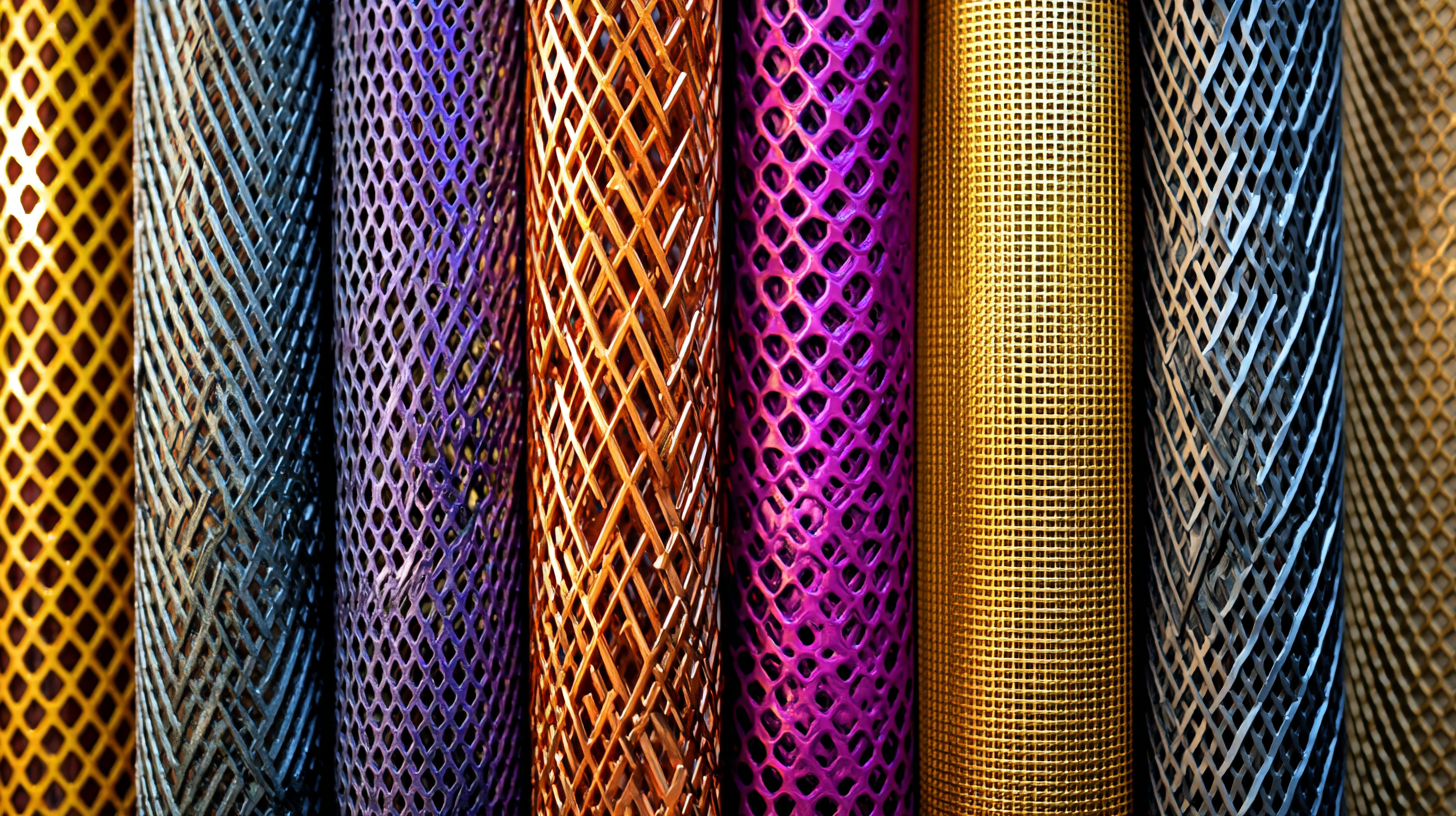
When selecting decorative expanded metal for your project, several factors come into play. Firstly, consider the type of material that best suits your design needs. Common options include aluminum, steel, and stainless steel, each offering different aesthetic qualities and durability. Aluminum is lightweight and corrosion-resistant, making it an excellent choice for outdoor applications, while stainless steel provides a sleek appearance and higher strength for demanding environments. The choice of material can significantly influence the overall look and longevity of your project.
Next, assess the design pattern and mesh size that aligns with your vision. Decorative expanded metal comes in various designs, from geometric patterns to more organic shapes, allowing for creativity in your project. The mesh size will impact both visibility and functionality; larger openings provide greater transparency, while smaller holes can enhance privacy and security. Additionally, consider the finish treatment of the metal, such as powder coating or anodizing, to enhance its appearance and resistance to wear. By weighing these factors, you can select the perfect decorative expanded metal that complements your project while delivering the desired performance.
When embarking on a decorative expanded metal project, selecting the right material is crucial. Aluminum, steel, and zinc-coated metals each offer unique benefits, catering to different aesthetic and functional requirements. Aluminum is known for its lightweight and corrosion-resistant properties, making it an excellent choice for outdoor applications. Its ability to be easily shaped and finished allows for a wide range of design possibilities, making it popular among designers and architects.
On the other hand, steel provides unmatched strength and durability, ideal for projects that require structural integrity. While it can be prone to rust, opting for galvanized steel or applying a protective coating can enhance its longevity and resistance to the elements. Zinc-coated metals offer an effective compromise, combining a robust framework with a layer of protection that resists corrosion. This makes zinc-coated options versatile, suitable for both decorative elements and functional barriers. Understanding these material options is key to making an informed decision that complements your project’s needs and design vision.
When it comes to selecting decorative expanded metal for your project, understanding the aesthetics of various patterns is crucial. Each design offers unique visual effects that can significantly influence the overall look and feel of a space. For instance, intricate geometric patterns not only provide an eye-catching element but can also enhance light diffusion, creating an interplay between light and shadow. This can be particularly beneficial in architectural applications, where the goal is to balance functionality with striking visual appeal.
Another important factor to consider is the material and finish of the expanded metal. Different finishes, such as powder coating or anodizing, can accentuate the design while contributing to durability. A matte finish may soften the appearance, making it suitable for modern interior spaces, while a glossy finish might be ideal for a more contemporary or sleek design. By carefully analyzing these factors, you can choose a decorative expanded metal that not only meets your project's functional requirements but also elevates its aesthetic quality.
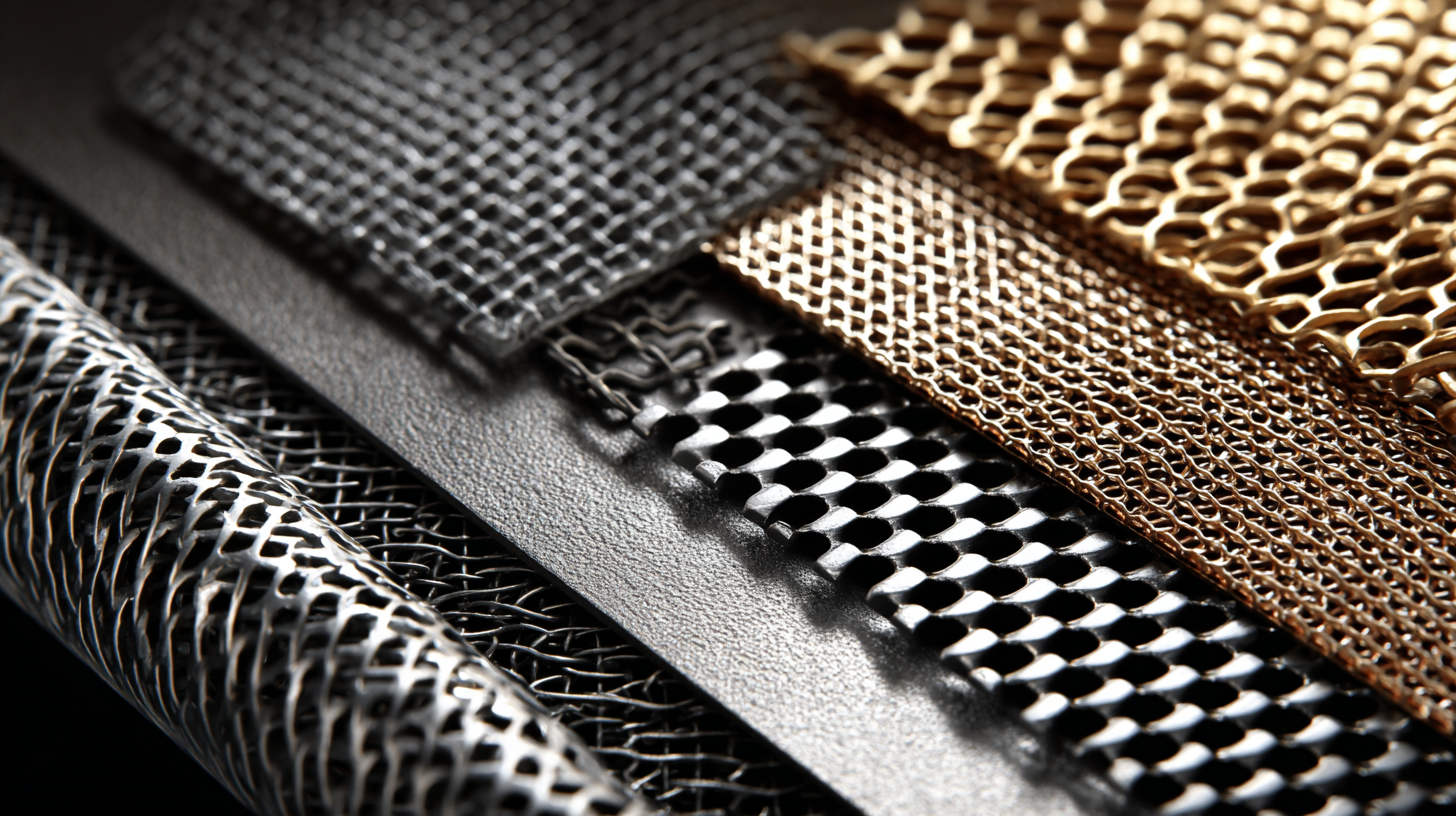
When selecting decorative expanded metal for a project, understanding the performance characteristics is crucial. Key metrics such as weight, strength, and durability can significantly influence both the aesthetic and functional aspects of your design.
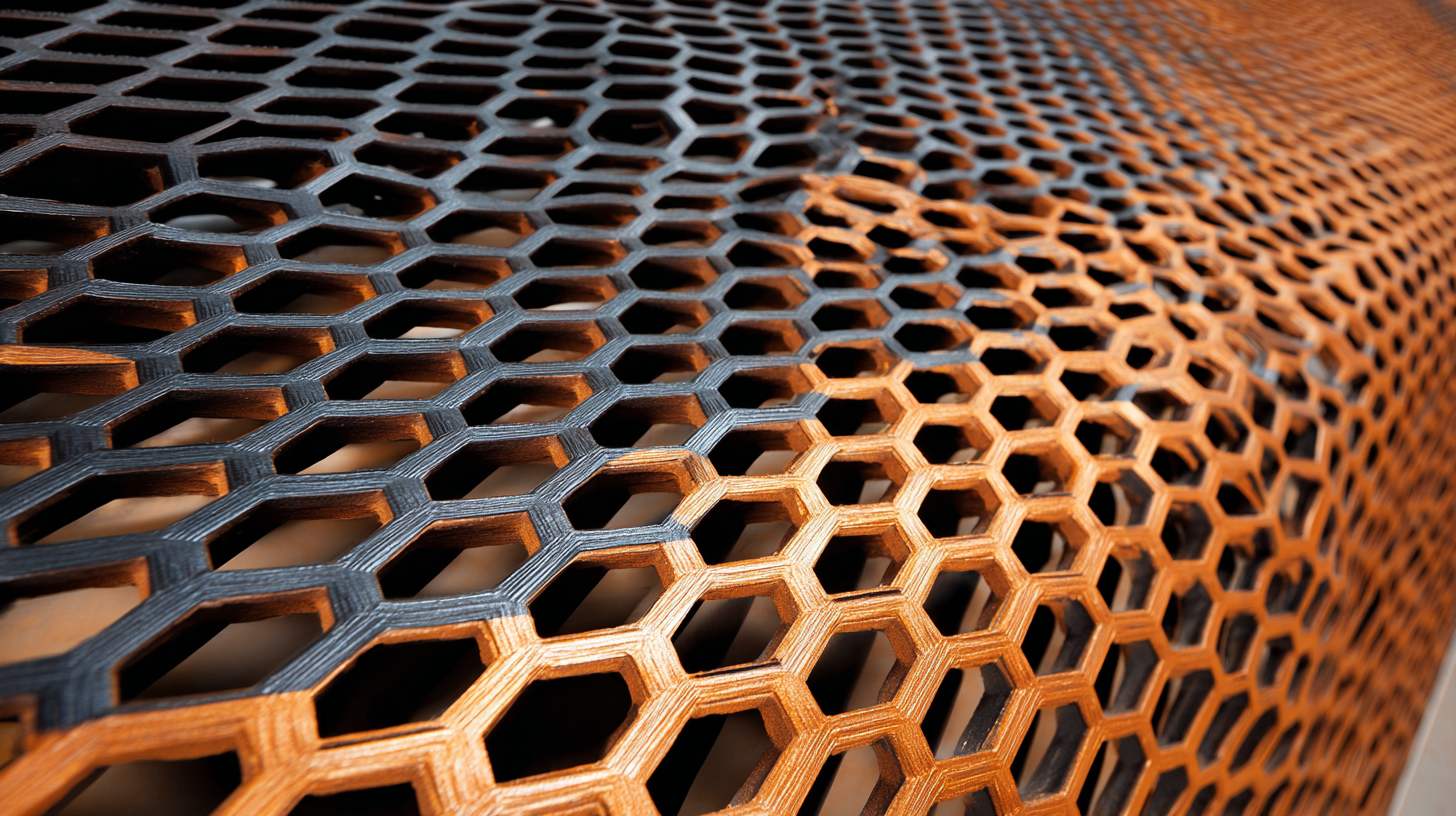
Lightweight expanded metal panels offer ease of installation and flexibility in various applications, making them ideal for projects where weight is a concern. However, it's essential to balance weight with the structural integrity required for your specific use case.
Strength is another vital consideration. Different grades of expanded metal vary in thickness and alloy composition, affecting their load-bearing capabilities. For architectural installations or security applications, opting for a thicker gauge or a stronger material ensures that your design can withstand environmental stresses while maintaining its visual appeal. Additionally, a focus on durability metrics can determine the longevity of your decorative elements. Materials resistant to corrosion, UV degradation, and other wear factors will ensure that your project not only looks good but also stands the test of time in various settings.
When considering decorative expanded metal for your project, a crucial aspect to evaluate is the cost versus quality balance. Expanded metal comes in various grades and finishes, each affecting both the aesthetic and functional aspects. Investing in higher-quality materials often ensures better durability and resistance to wear, particularly in high-traffic areas or outdoor settings. This initial investment can lead to lower long-term maintenance costs, making it a more economical choice in the long run.
Budget constraints can sometimes lead to opting for cheaper alternatives, but it’s important to assess the total lifecycle cost. Skimping on quality may save money upfront, but it can result in frequent replacements and repairs, which ultimately escalates expenses. Conducting a thorough cost analysis that includes installation, potential repairs, and aesthetic longevity will guide you toward making a more informed decision. Remember, the goal is to find a solution that not only fits your budget but also delivers the desired visual appeal and functional performance for your project.
